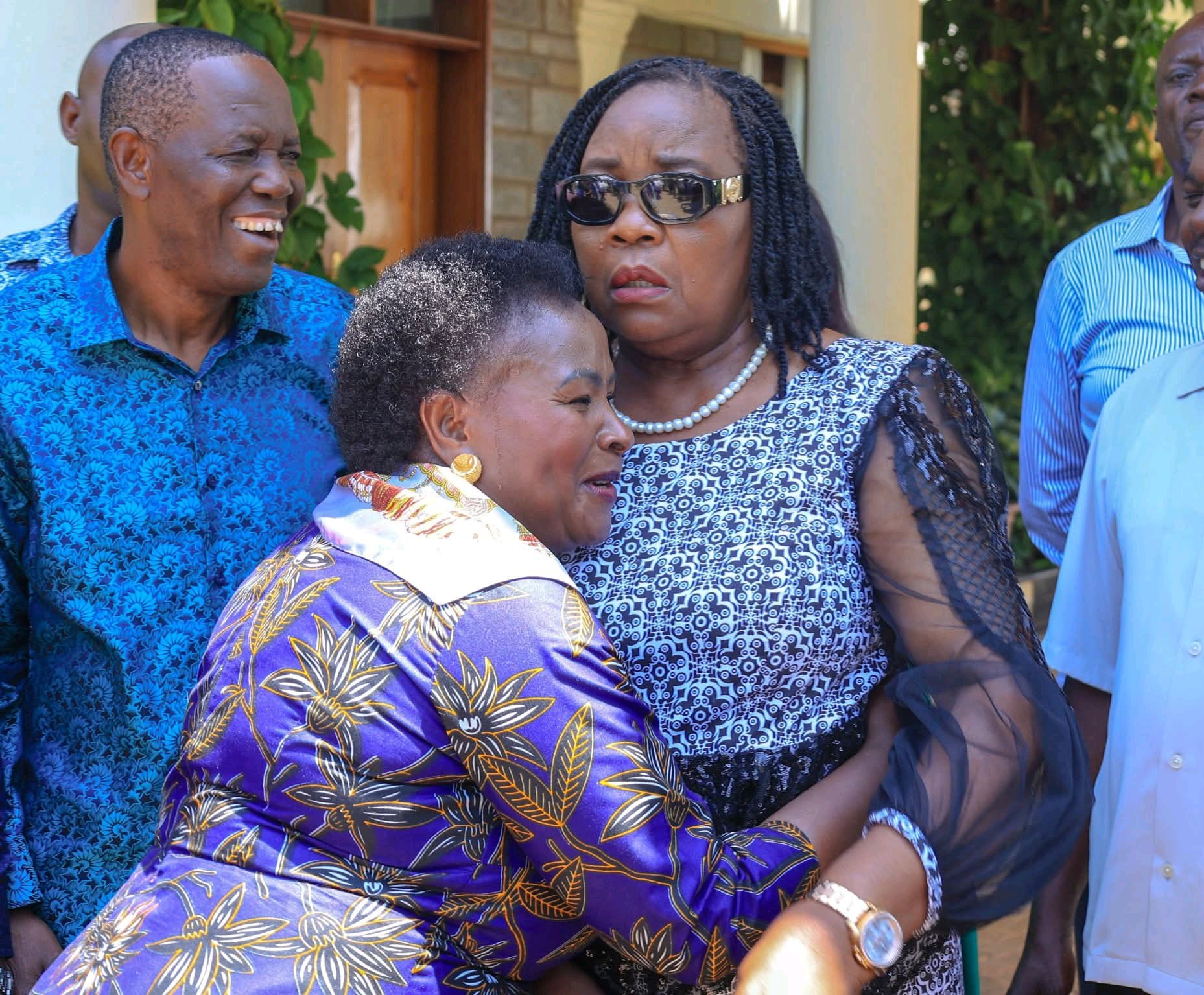Have you ever noticed how sometimes, what someone’s body says is louder than their words? A quick glance, a crossed arm, or a subtle smile can reveal more about how a person feels than any conversation. Body language is a powerful tool that can convey emotions, intentions, and attitudes.
The Power of Nonverbal Cues
I recall a meetup where I noticed someone’s nervous behavior before they spoke a word. Their body language spoke volumes about their anxiety. Body language is a secret language we all speak, often without realizing. It can convey:
- Confidence or insecurity
- Openness or discomfort
- Emotions and intentions
- Interest or boredom
- Trust or distrust
Understanding nonverbal cues can help you navigate social situations more effectively and build stronger relationships.
Mastering Your Own Body Language
Mastering your body language can boost your confidence and clarity. Here are some tips:
- Stand tall and maintain good posture
- Make eye contact (but avoid staring)
- Use relaxed gestures (avoid fidgeting)
- Smile and show enthusiasm
- Practice mindfulness of your body language in different situations
By being more aware of your body language, you can project confidence and build trust with others.
Reading Others’ Body Language
Learning to read others’ nonverbal cues can deepen your understanding of what’s happening beneath the surface. Pay attention to:
- Posture and body orientation (open or closed off)
- Facial expressions (smiling, frowning, or neutral)
- Hand gestures and arm positions (relaxed or tense)
- Tone of voice and speech patterns (confident or hesitant)
- Eye contact (direct or avoiding)
By reading others’ body language, you can better understand their emotions and respond accordingly.
Putting it into Practice
Check in with your body – are you relaxed or tense? Open or closed off? Small shifts can change the whole vibe. Next time you’re in a conversation, pause and observe. Notice the other person’s body language and how it aligns with their words. Ask yourself:
- What is their body language telling me?
- How can I respond to their nonverbal cues?
- What can I adjust in my own body language to improve the conversation?
The Impact of Body Language
By mastering your body language and reading others’, you can:
- Improve your relationships and communication
- Boost your self-confidence and self-esteem
- Navigate complex social situations more effectively
- Build trust and rapport with others
- Enhance your professional and personal relationships
Making it a Habit
To make body language awareness a habit, try incorporating it into your daily routine:
- Take a few moments each day to reflect on your body language
- Practice mindfulness and self-awareness
- Notice how others respond to you and adjust your approach accordingly
- Seek feedback from trusted friends or family members
- Continuously work on improving your body language skills
The Next Step
Now that you’ve learned about the power of body language, it’s time to put it into practice. Start by being more mindful of your own body language and paying attention to others’. With time and practice, you’ll become more confident and effective in your interactions. Remember, body language is a skill that can be developed with practice and patience. So, go ahead and start cracking the code – your relationships and communication will thank you!



